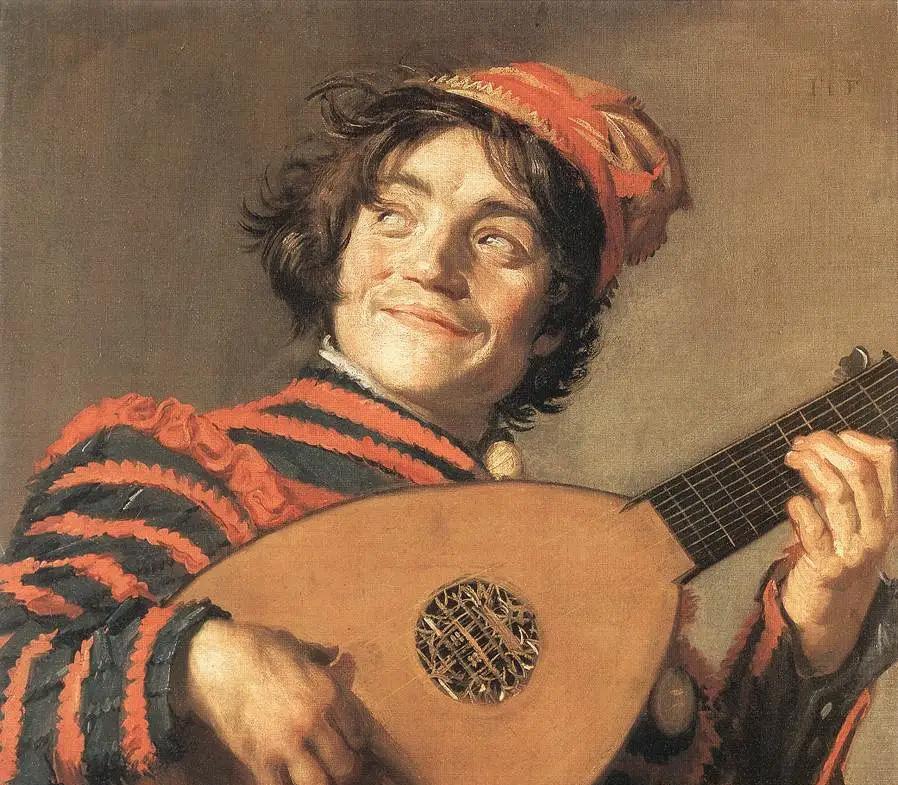
Music and carols for Christmas
Let us just have a look at some of the more ‘entertaining’ instruments.

The first one is the Lute. No – it is not a guitar at all. And it sounds different. It is OLD
Wiki says: “More specifically, the term “lute” commonly refers to an instrument from the family of European lutes, which were themselves influenced by short-necked lutes in Gandhara (modern-day Pakistan) which became the predecessor of the Islamic, the Sino-Japanese and the European lute families.
The term also refers generally to any necked string instrument having the strings running in a plane parallel to the sound table (in the Hornbostel–Sachs system).
This is the time of Black Adder!
Medieval instruments are very different to what we see today.

Drums in many variations were of course there, but also bells and rattles, the carnyx and much more.
Have a look and listen to the weird sounds they can make.
And also a lengthy con-
cert where a lot of it is used.
The first known Christmas hymns may be traced to 4th-century Rome. Latin hymns such as Veni redemptor gentium, written by Ambrose, Archbishop of Milan.

Christmas carols in English first appear in a 1426 work of John Awdlay, a Shropshire chaplain, who lists twenty five “caroles of Cristemas”, probably sung by groups of ‘wassailers’, who went from house to house.

The songs now known specifically as carols were originally communal songs sung during celebrations like harvest tide as well as Christmas.
It was only later that carols began to be sung in church, and to be specifically associated with Christmas.
… but we love it all!


